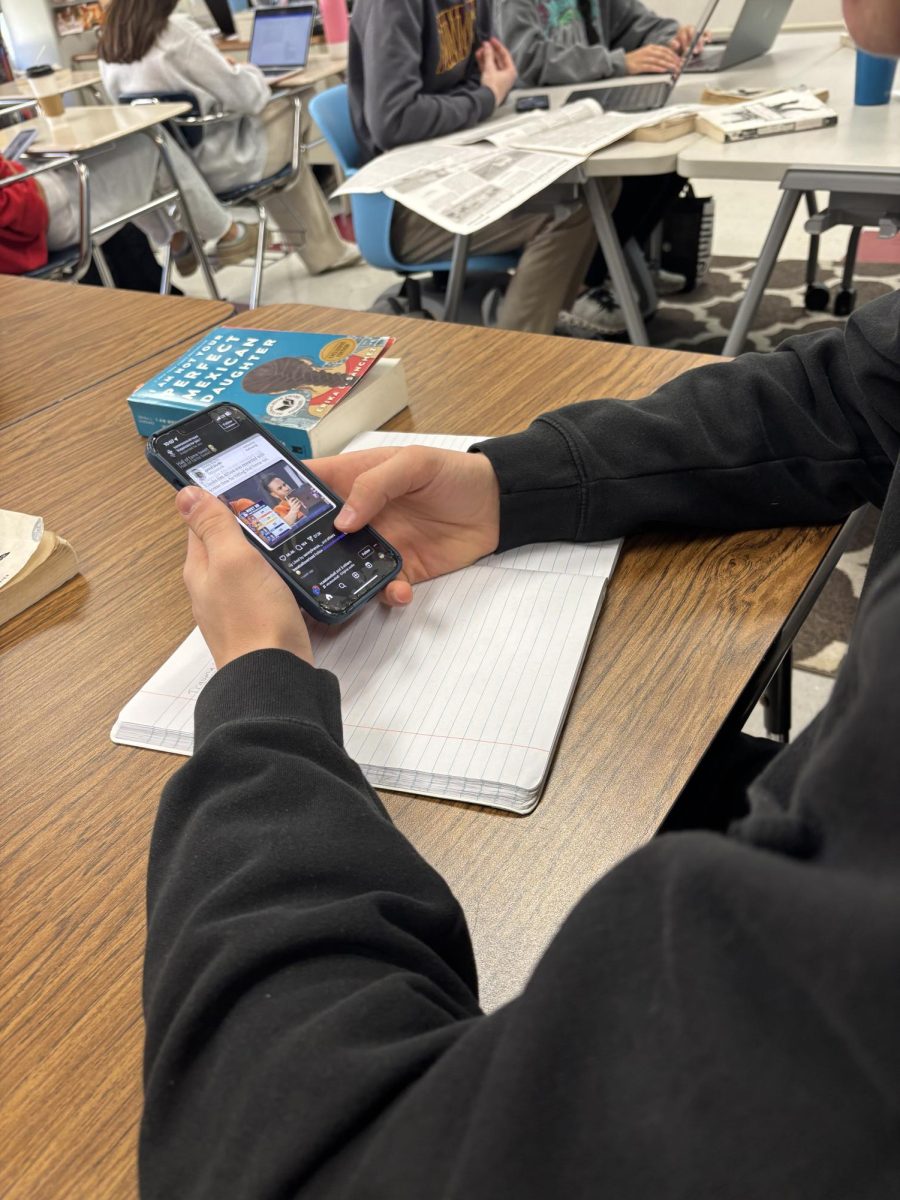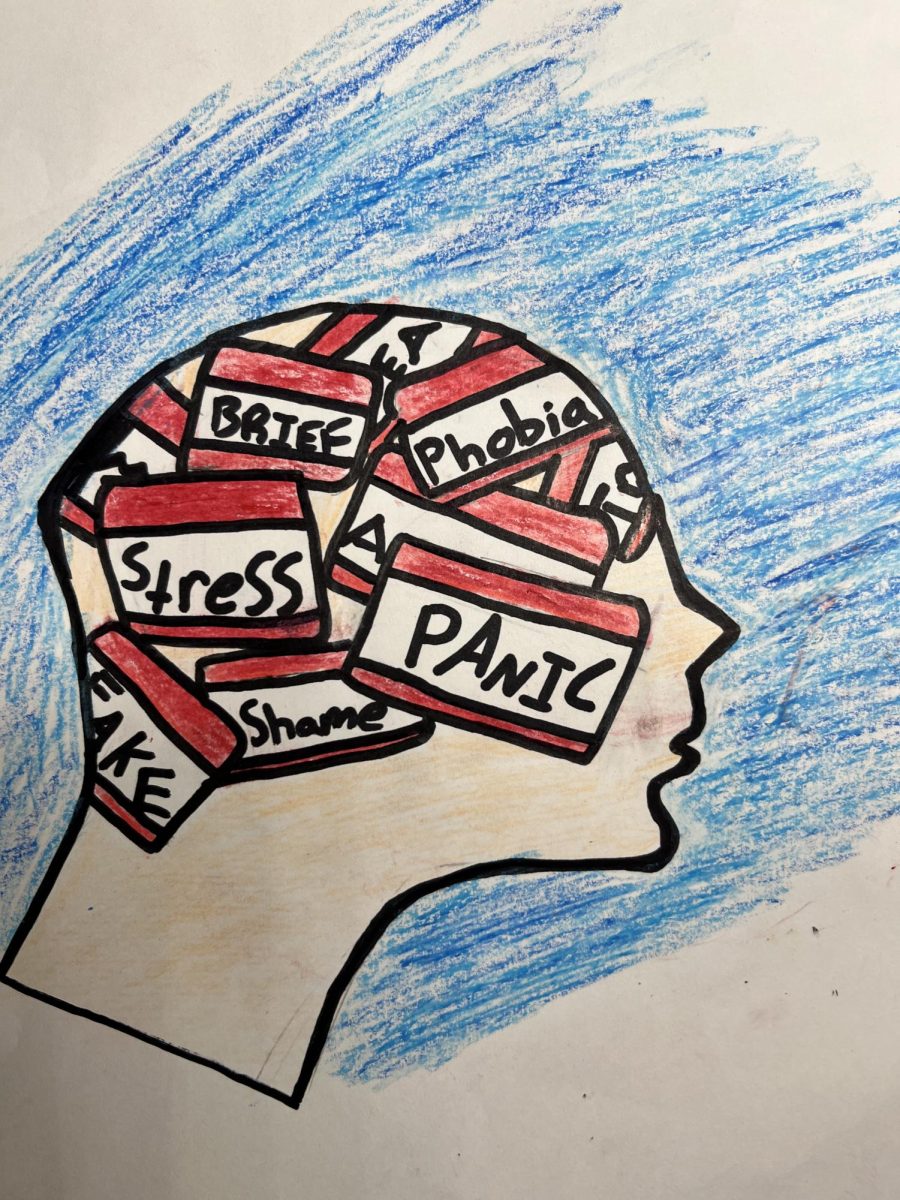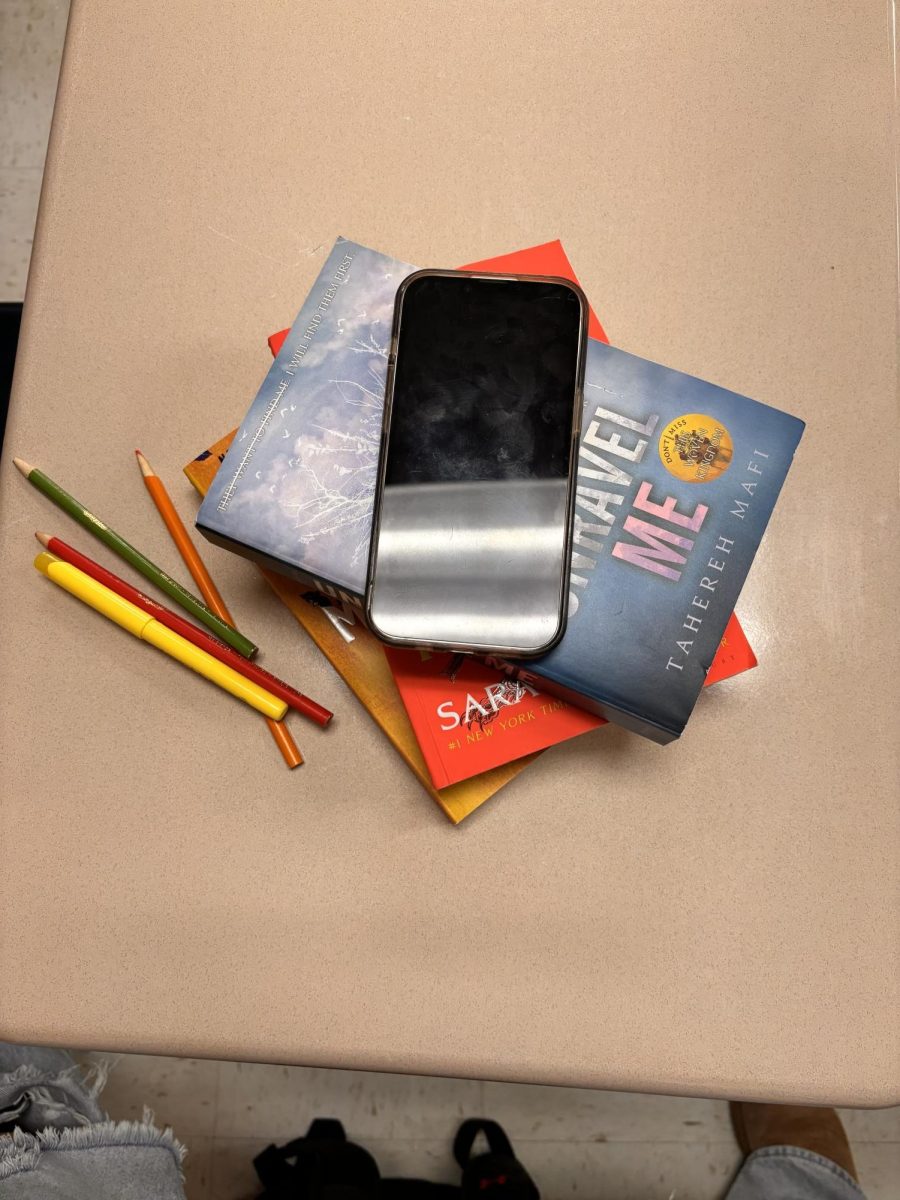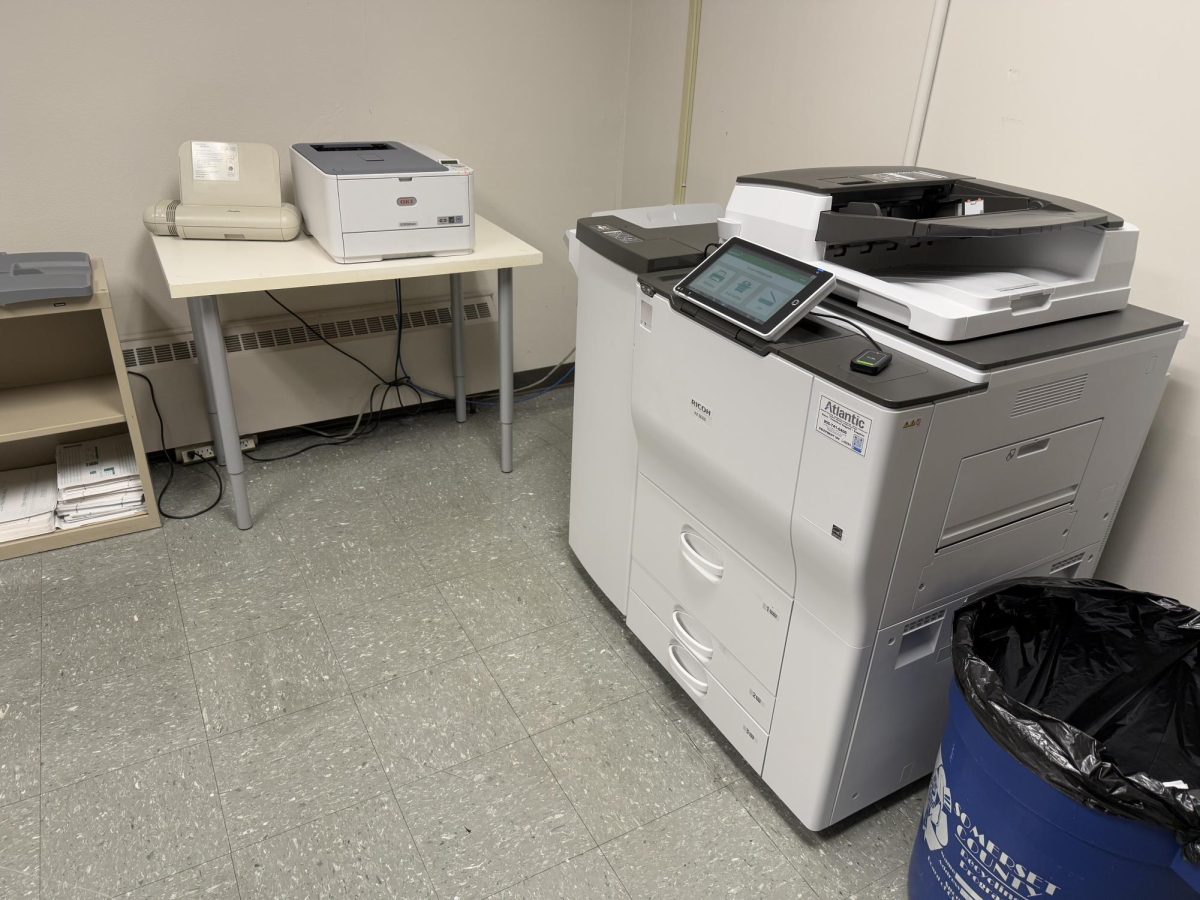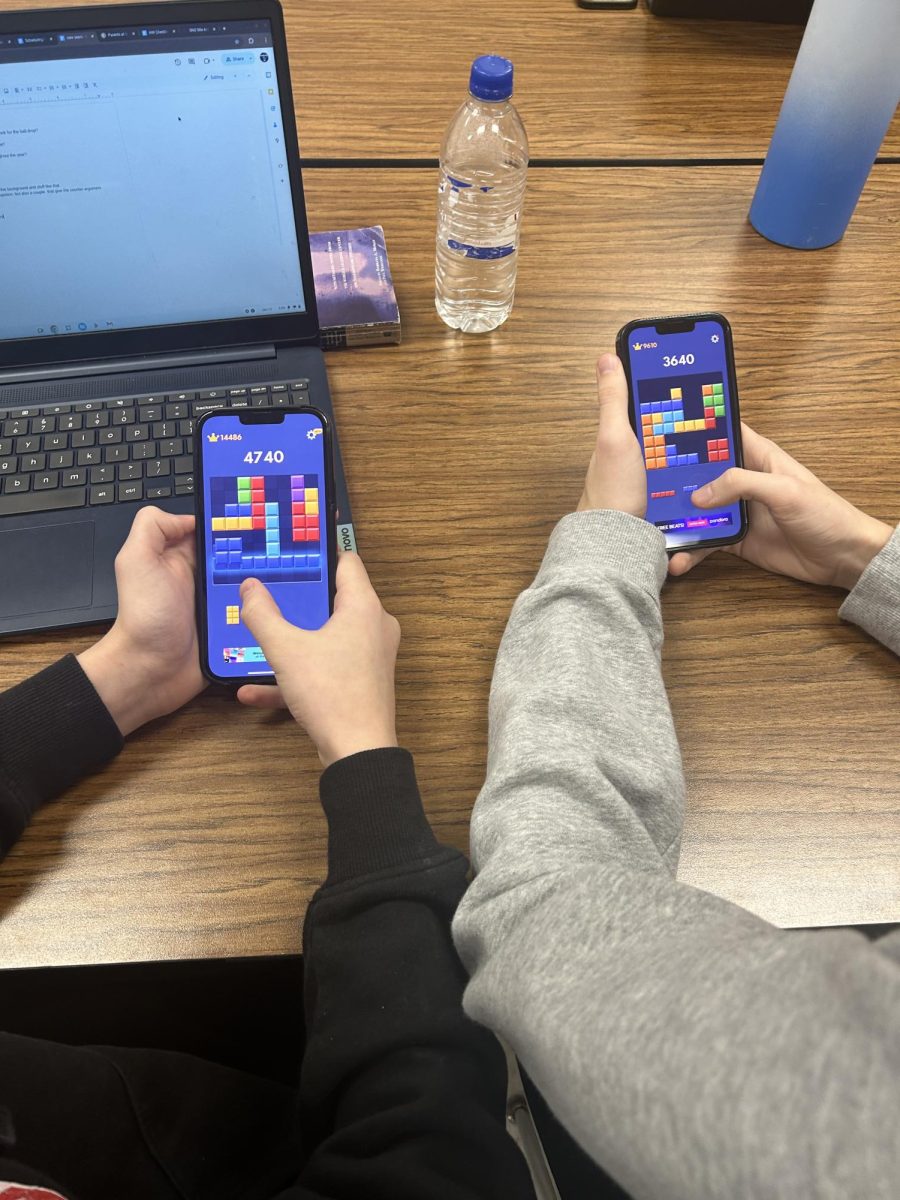It is widely known that social interaction is a key component of living a healthy and flourishing life. As the years go on and the world becomes more advanced, social interaction has significantly plummeted. An article titled “The Decline of Teenage Social Skills” by effectiveschoolsolutions.com reported that direct socialization among teenagers has dropped by over 45% from 2003 to 2022, with the reasons varying.
The pandemic changed the lives of many, such as the need to work from home, whether for a job or school. Since then, we’ve gone back to having the ability to learn and work in person, but the effects of Covid-19 still stand. For students, many assignments are online, through Google Classroom or other websites. Tests can also be done on websites like Google Forms and APClassroom. Additionally, most essays and large assignments are not written on paper but typed on Google Docs. This abundance of online learning may be convenient and efficient, but it takes away from some hands-on learning that most students crave. Hands-on learning is much more effective, as it engages both sides of the brain.
Completing assignments and taking notes by hand is proven to be much more effective than typing as far as memorization and recall. Because handwriting is tangible, it forces the brain to be more engaged and therefore imposes a better retention of the material. In a study conducted by National InstitutesofHealth.gov, it was even found that regardless of the group of participants being studied, handwriting resulted in more positive moods while learning than typing did. The study also concluded that “the movements involved in handwriting allow a greater memorization of new words”, proving that completing tangible assignments and notes yields far better results than those that are done digitally.
Face-to-face learning is without a doubt prevalent in schools, but there is still a majority of learning that is done online, taking away from vital social interaction in schools.
Gracie Mongno ‘27 says, “I prefer learning in person because having the teacher there to show and explain the lesson is more helpful than staring at a screen all day”. Many students feel they would much rather learn by communicating verbally than digitally. Mongo also noted that it is “beneficial to be able to interact in person and ask questions face-to-face”. Students need the face-to-face aspect of school, as it helps them to learn more practically and to grow socially.
The decline in social interaction in the past couple of decades is in part due to the increase in phone usage, more specifically social media. The use of social media has grown so much, leading people—especially teenagers—to steer away from communicating in person. Social media has its positive attributes, like finding tips and recipes, but the negatives outweigh the benefits. Being social is not just about talking—it includes the ability to listen, cooperate, and see others as well. Many people text or use FaceTime to communicate, but it is just not the same as talking in person. Texting especially takes away from healthy communication because you normally can’t comprehend the tone of people. This leads to misunderstandings and confusion that can be easily avoided by having more conversations in person.
Even when physically together, people are often in the same room but on their phones. One time this occurs is during lunch. For most, lunch is a time for students to take a break from their classes and work, but, what that often entails is students shadowing away and scrolling on their phones. Maggie Todd ‘27 believes that there is a “decline in social interactions, specifically at lunch tables, people scroll on their phones instead of conversing”.
It is clear that the amount of social interaction among teens has largely dropped, but it is not too late to bring it back up. Through healthy habits like maintaining less screen time and shifting to more tangible assignments, social interaction can grow and create a more uplifting environment for students all around.



